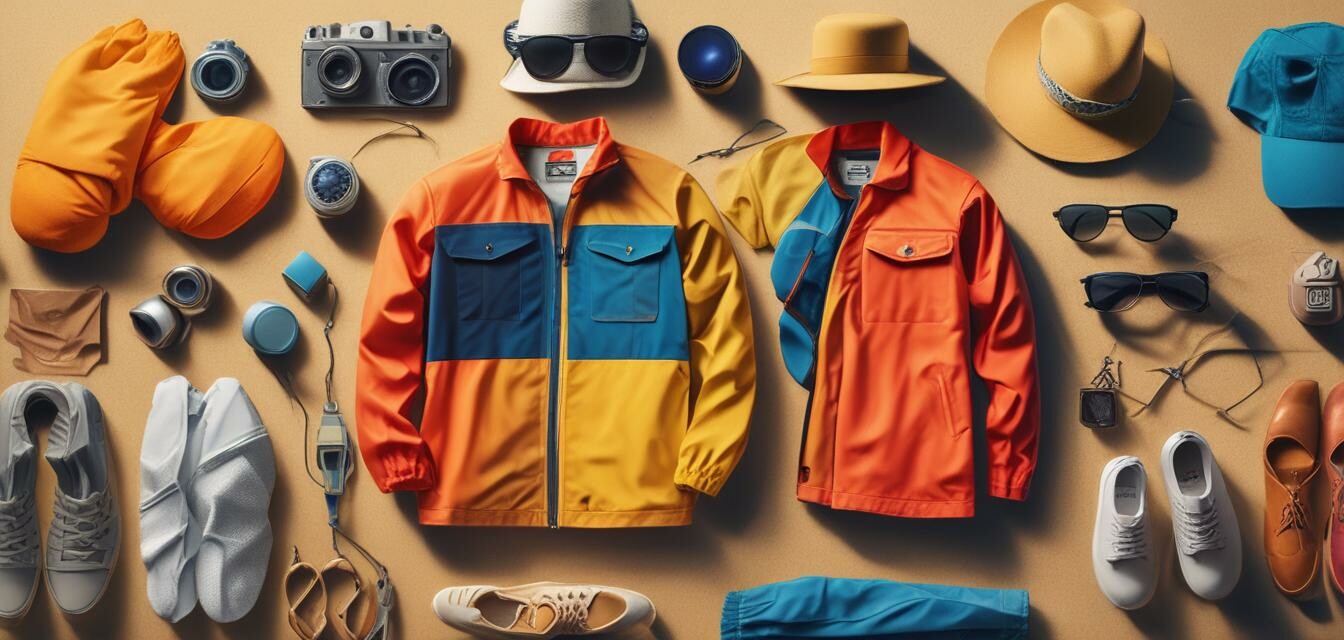
How to Match UV Protective Items to Your Activities
Key Takeaways
- Understanding UPF ratings is essential for selecting the right UV protective clothing.
- Match clothing types with specific activities for maximum effectiveness.
- Accessories like hats and sunglasses complement UV clothing for full protection.
- Special considerations are advised for children and sensitive individuals.
- Making informed choices about UV protective wear can significantly reduce skin damage risks.
As awareness of skin cancer and sun damage increases, the demand for UV protective clothing has grown rapidly. This article will guide you through the process of matching UV protective items to your various outdoor activities, ensuring that you maximize your sun safety. Whether it’s a day at the beach or a hike in the mountains, the right attire can make a significant difference in protecting your skin from harmful UV rays.
Understanding UPF Ratings
UPF (Ultraviolet Protection Factor) measures how much UV radiation a fabric allows to reach your skin. Here’s a brief overview of the categories:
| UPF Rating | Protection Level |
|---|---|
| UPF 15-20 | Good protection |
| UPF 25-30 | Very good protection |
| UPF 40-50+ | Excellent protection |
Outdoor Activities and Suitable UV Protective Clothing
Matching your clothing to your planned outdoor activity is essential. Below is a guide to help you choose the right clothing for specific activities:
1. Beach Activities
For a day at the beach, consider these options:
- Swimwear with UPF 30+ ratings.
- Lightweight cover-ups to protect your skin when out of the water.
- A wide-brimmed hat to shield your face.
- Sunglasses with UV protection.
2. Hiking and Outdoors
If you're hiking, opt for:
- Long-sleeve shirts and long pants made from breathable, moisture-wicking fabric.
- UPF-rated hats for added protection.
- Comfortable shoes that allow for mobility and sun safety.
3. Sports and Activity
For sports enthusiasts:
- Activewear designed for high sun exposure.
- Lightweight, long-sleeve athletic shirts.
- Leggings or shorts made with UV protection.
- Sports caps or visors for face protection.
Children and UV Protective Clothing
When it comes to protecting children from sun damage, special considerations should be taken to ensure their safety:
- Choose children’s apparel with high UPF ratings (UPF 50+ is ideal).
- Look for features like built-in sun protection in swimsuits and outdoor wear.
- Encourage them to wear hats and sunglasses while playing outdoors.
Accessories for Comprehensive Protection
In addition to clothing, wearing the right accessories can enhance your UV protection:
- Hats with brims of at least 3 inches.
- Sunglasses with a full UV protection rating.
- UV-blocking swim shirts for children and adults when at the pool or beach.
Where to Find UV Protective Clothing
If you're looking to invest in UV protective clothing, consider exploring our casual wear section for options suitable for everyday wear. For outdoor activities, head to our outdoor wear section. If you need styles for kids, check our kids' apparel section.
Conclusion
Protecting yourself from harmful UV rays is essential, especially during outdoor activities. By understanding UPF ratings and matching your UV protective clothing and accessories to your specific activities, you can significantly reduce the risk of sun damage while enjoying your time outdoors. Always consider the available options, choose wisely, and ensure that you and your loved ones stay safe under the sun.
Pros
- Consistent UV protection without the need for reapplication.
- Convenience for outdoor activities.
- Cost-effective compared to frequently buying sunscreen.
Cons
- Initial costs can be higher compared to regular clothing.
- Limited styles may not appeal to everyone.
Further Reading
For more insights on UV protection and clothing, consider checking out our buying guides and stay updated with the latest trends in sun safety by visiting our news and trends section.